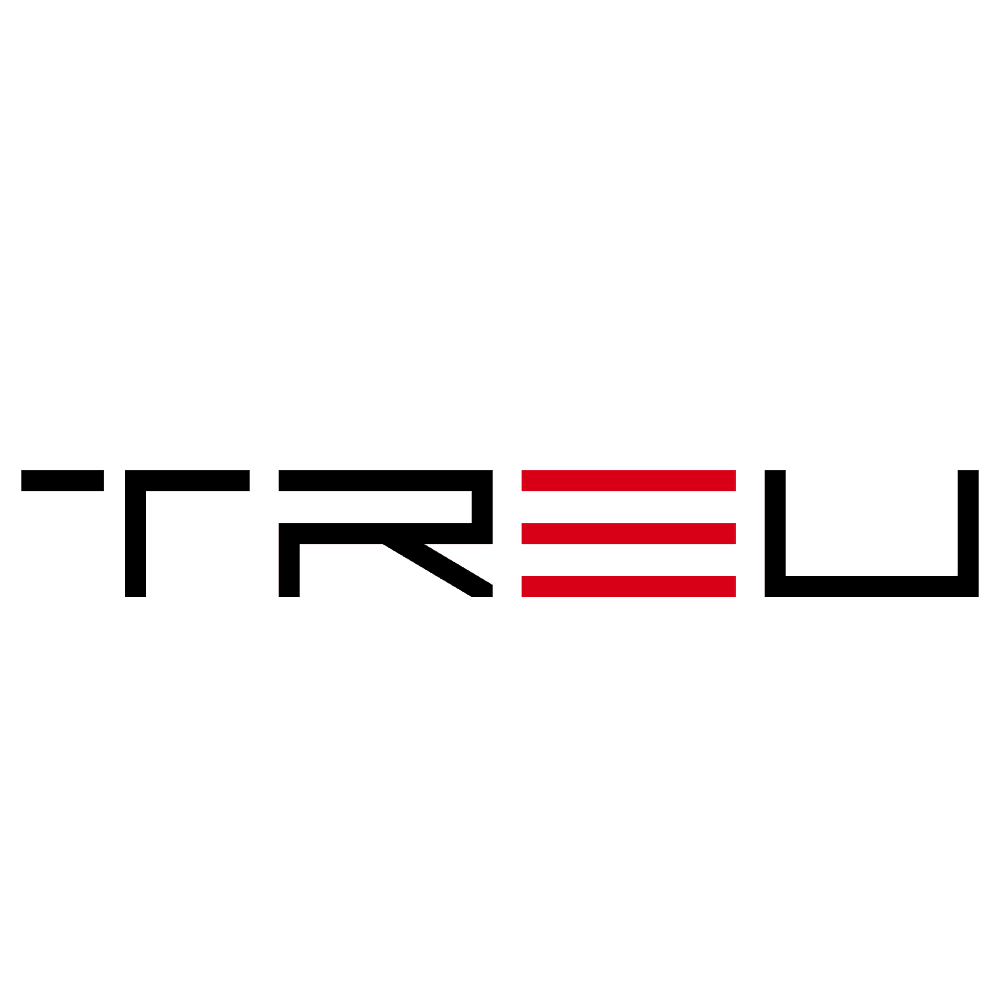Top 10 Construction Industry Trends Shaping the Future
The construction industry is rapidly evolving, with technological advancements and emerging sustainable practices driving transformative change. As we progress through the year, construction companies must embrace the latest trends to stay competitive and efficient. From artificial intelligence to green building materials, these innovations are reshaping the way we build.
Here are the top 10 construction industry trends that will define the future of this sector in 2025.
1. Sustainability and Green Building
Sustainability is no longer an option—it’s a necessity. The demand for eco-friendly construction is driving companies to adopt green materials and energy-efficient methods.
Some key green building trends include:
- Use of biodegradable and recyclable materials
- Energy-efficient designs integrating solar and wind power
- Water conservation techniques like rainwater harvesting
- Smart HVAC systems to optimize energy usage
Governments worldwide are introducing stricter regulations on sustainability, encouraging builders to reduce their carbon footprint.
2. Prefabrication and Modular Construction
Modular construction is transforming the industry by enhancing efficiency, reducing costs, and minimizing waste. This method involves manufacturing standardized sections of buildings in a controlled environment before assembling them onsite.
Key benefits include:
- Faster project completion
- Improved quality control
- Reduced material waste and labor costs
- Increased safety on-site
With the rise of smart factories and automation, modular construction will become even more prevalent in 2025.
3. 3D Printing in Construction
3D printing technology is revolutionizing how buildings and infrastructure are constructed. It enables rapid prototyping and customization, reducing both time and material costs.
Applications include:
- Printing entire homes and commercial buildings
- Creating complex architectural designs with ease
- Using sustainable, locally sourced materials
3D printing also helps in disaster relief efforts by swiftly constructing emergency shelters. As it becomes more cost-effective, expect rapid adoption in 2025.
4. Artificial Intelligence (AI) and Machine Learning
AI and machine learning are enhancing decision-making, planning, and risk management in construction. These technologies analyze vast amounts of data to predict project outcomes and increase efficiency.
Use cases of AI in construction include:
- Optimizing project schedules to prevent delays
- Reducing costs through automated material management
- Predicting equipment maintenance needs to avoid downtime
- Enhancing job site safety through AI-powered monitoring
As AI systems become more advanced, their role in construction decision-making will continue to grow.
5. Building Information Modeling (BIM)
BIM technology is a game-changer in how buildings are designed, constructed, and maintained. It creates a comprehensive digital representation of a structure, offering real-time collaboration and improved project visualization.
Key advantages of BIM:
- Enhanced coordination between architects, engineers, and contractors
- Minimized errors and rework
- Improved cost estimation
- Efficient facility management for building owners
As digital transformation accelerates, BIM adoption will become standard practice across construction firms.
6. Internet of Things (IoT) and Smart Construction
The Internet of Things (IoT) is making job sites smarter and more connected. By integrating IoT devices with construction processes, companies can improve efficiency and reduce risks.
Applications of IoT in construction:
- Real-time equipment tracking to prevent theft
- Monitoring worker safety through smart wearables
- Predictive maintenance for machinery
- Automated temperature and lighting control for energy efficiency
IoT-enabled sensors provide critical data that help optimize operations and ensure workplace safety.
7. Autonomous Construction Equipment
The rise of robotics and autonomous machinery is addressing labor shortages while increasing efficiency. These advanced technologies are reducing manual workload and improving precision.
Autonomous equipment includes:
- Self-operating bulldozers and excavators
- Drone-assisted site monitoring
- Robotic bricklaying machines
- Automated 3D laser scanning for accuracy
As technology advances, we will see even greater automation in construction processes, leading to higher productivity.
8. Drones for Site Surveying and Management
Drones are playing a crucial role in construction site monitoring, surveying, and security. Their ability to capture aerial images and generate 3D maps streamlines project planning.
Benefits of drones in construction:
- Faster and more accurate site surveys
- Improved project tracking with aerial progress reports
- Enhanced safety through hazard identification
- Cost savings on manual surveying and inspections
Drones are becoming smarter with AI-powered analytics, making them indispensable for construction projects in 2025.
9. Digital Twin Technology
Digital twins create a virtual replica of physical construction projects, allowing for better analysis and optimization. This technology enables real-time monitoring and predictive maintenance.
Key advantages include:
- Improving decision-making through real-time simulations
- Identifying potential design flaws early
- Enhancing asset management for long-term maintenance
Digital twins bridge the gap between physical and digital construction processes, making them a valuable tool for large-scale projects.
10. Construction Safety Technology
Worksite safety remains a top priority, and new technologies are emerging to minimize risks. Wearable safety devices, AI-powered surveillance, and smart helmets are helping prevent accidents.
Innovative safety trends include:
- Wearable sensors to detect fatigue and hazardous conditions
- AI-powered cameras detecting unsafe behaviors
- Augmented reality (AR) training for improved hazard awareness
- Automated compliance checks with AI-driven safety inspections
With stricter safety regulations, the construction industry is investing heavily in smart technologies to protect workers.
Final Thoughts
The construction industry is undergoing a major transformation driven by technological advancements, sustainability initiatives, and automation. Companies that adopt these trends will gain a competitive edge, reduce costs, and build smarter, greener structures.
As we move through 2025 and beyond, embracing these innovative technologies will be crucial in shaping the future of construction. Are you ready to build the future?
Let us know which construction trend excites you the most!🚀

